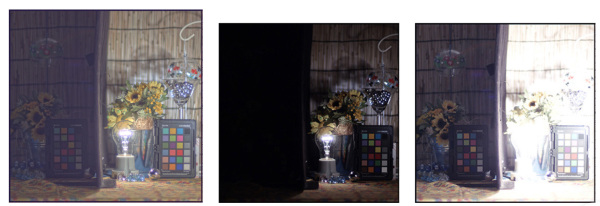Those who are believed dead live longer. So Nikon - who have been using sensors from other manufacturers in their cameras on a grand scale for years - have now surprisingly announced the development of their own Sony sensor. The upcoming 1-inch stacked CMOS sensor has a square 4.2K x 4.2K resolution and 17.84 million sensors that can be read out at up to 1000 frames per second.
Nikon promises a true miracle in the achievable dynamic range. The sensor is said to be able to image no less than 22 f-stops at 60fps and even at 1000 fps it is still said to be over 18 f-stops. This surpasses even  Canon's rumoured miracle sensor by far.
Canon's rumoured miracle sensor by far.

In contrast to Canon, Nikon achieves its extreme dynamic range not with a double exposure but through a combination of sensel zones and intelligent sensel control in a stacked layer under the sensel surface.
Simply explained, the additional circuitry in the stacked layer allows sensor areas of 16x16 sensors to be exposed individually. So before a sensor group is clipped, it is exposed for a shorter time and can then accurately display otherwise overexposed areas based on the length of the exposure time and the amount of "fill" recorded.

For single photos, where the camera electronics have some time to "adjust" to the lighting conditions before the shutter is released, this technique should already work very well. For moving images, however, it will be exciting to see
how fast the electronics can react to moving light sources in the motif and
how clearly the transitions at the 16 x 16 block edges become visible in extreme light contrasts.
For example, one quadrant may show more motion blur than its brighter neighbour.
On the other hand, there are now such good digital post-processing automatisms in "computational photography" that the results may already be convincing in moving images. In the medium term, motion blur will probably become a digital effect in the timeline alongside bokeh. A high dynamic range without clipping, on the other hand, is less easy to simulate digitally.

The best news at this point, however, is that Nikon wants to get back into sensor production. Because the market could definitely do with some competition again...

